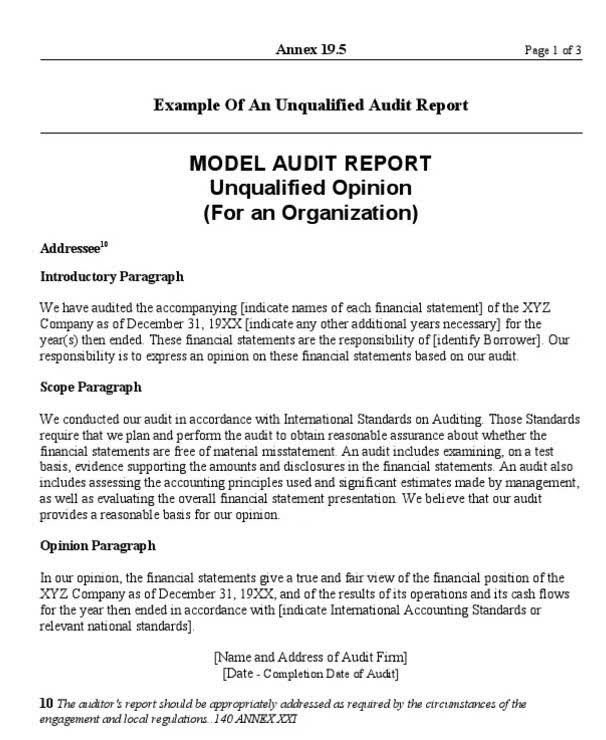
When a company first begins trading, every asset of the company must be valued and recorded. Vehicles, premises, hardware, office furniture, it all has to be included in the opening balance sheet as “assets” of the company. These may also be coupled with “liabilities”, or debts, if equipment has been purchased through bank loans or investments from other parties. Molly’s closing Bookkeeping for Consultants balance is calculated as the sum of the difference between all the credits and debits of her business over the twelve-month accounting period. The closing balance of £28,000 is then carried over to her next year and becomes her opening balance for the year which will begin on 12 March 2022.
The Role of Opening Balances in Business Planning
An opening balance refers to the amount of money a business has at the beginning of a specific accounting period. Calculating an opening balance can also be useful when a business is analysing its performance, or to answer questions from external sources such as investors or the tax authorities. Without an accurate opening balance, even the best accounting software in the world will be limited in what insights it can show you. Without monitoring your opening balance, you’ll have little understanding of your running totals from financial period to financial what is opening balance equity period.

Opening Balance: Definition, Types, Calculation & Importance in Accounting

If the balance of the total asset of the journal entry exceeds the total liabilities balance, then the entry is balanced by a credit to the capital QuickBooks account, increasing it. Opening balances play a critical role in setting the stage for financial transactions and business operations. However, ensuring an accurate and well-structured opening balance is often easier said than done. Several challenges and common issues arise during this process, necessitating careful consideration and attention.

Main Elements of Financial Statements: Assets, Liabilities, Equity, Revenues, Expenses
This scrutiny is part of the process of establishing a solid foundation for the company’s financial records. As transactions are recorded over time, the balance in Opening Balance Equity should diminish, signifying that the company’s financial activities are being accurately reflected in its financial statements. Failing to do so means that you will find it harder to create a cash flow forecast that can change the way you operate your business. Whichever the reason is, having funds left in the opening balance equity account can cause problems for financial reporting.
- They also evaluate the company’s internal controls surrounding the recording and adjustment of Opening Balance Equity to determine the risk of material misstatement.
- It is synonymous with the term “closing balance” which is explained in more detail above.
- This is matched on the right hand side by an increase in liabilities of 42,750, an increase in equity of 20,750.
- Whether you want to grow internationally or focus on a specific market, everything is possible.
- It allows you to make valid comparisons, analyze trends, and understand your financial performance over time.
Types of Opening Balances

It is the initial phase where past financial information is integrated into new accounting systems, setting the stage for accurate and comprehensive financial reporting. A newly started business will not have any closing balances for the previous accounting year that has to be carried forward. Instead, the investments and capital of the business will be entered as opening balance for the current accounting year. An opening balance sheet contains the beginning balances at the start of a reporting period.

